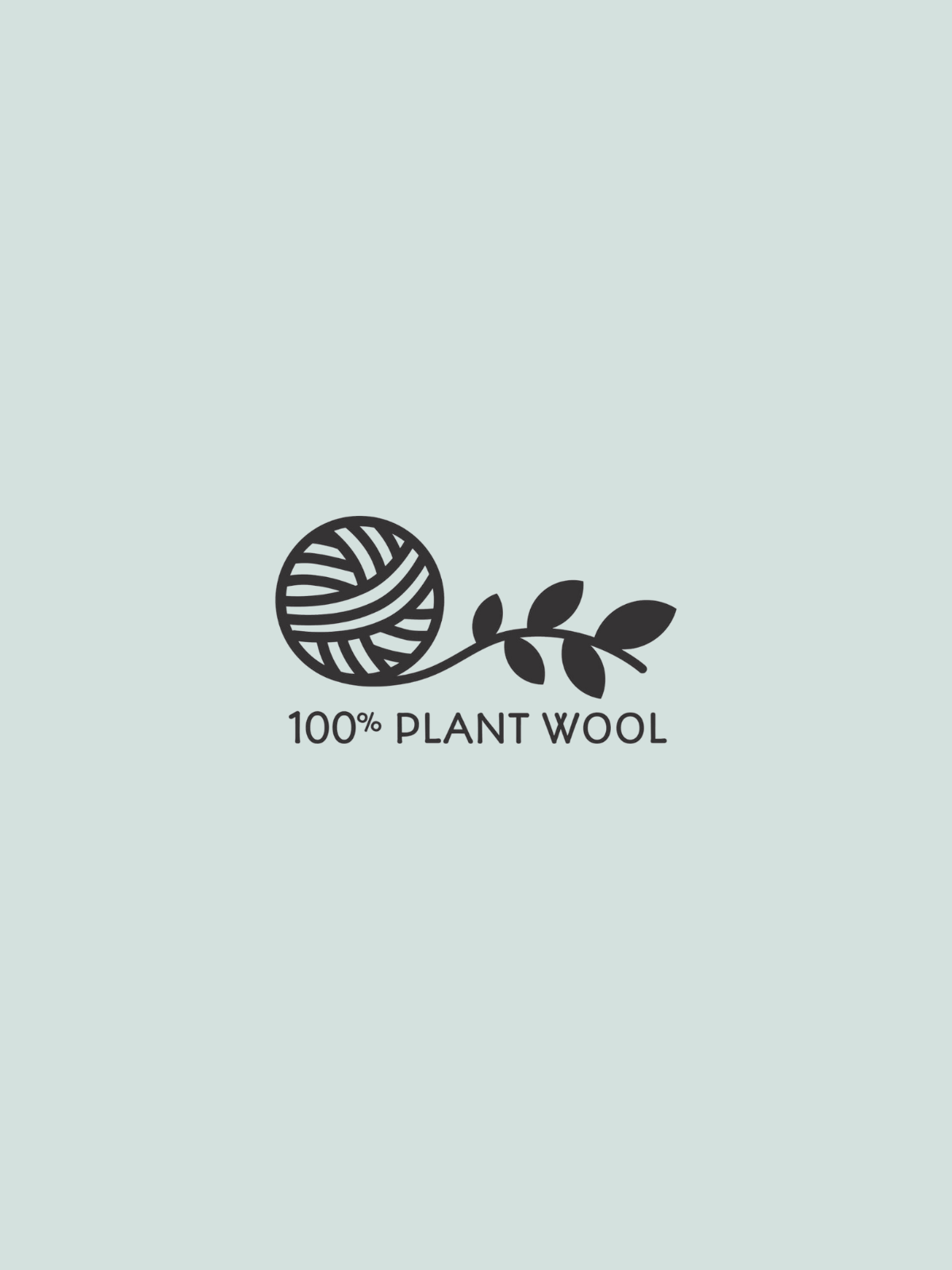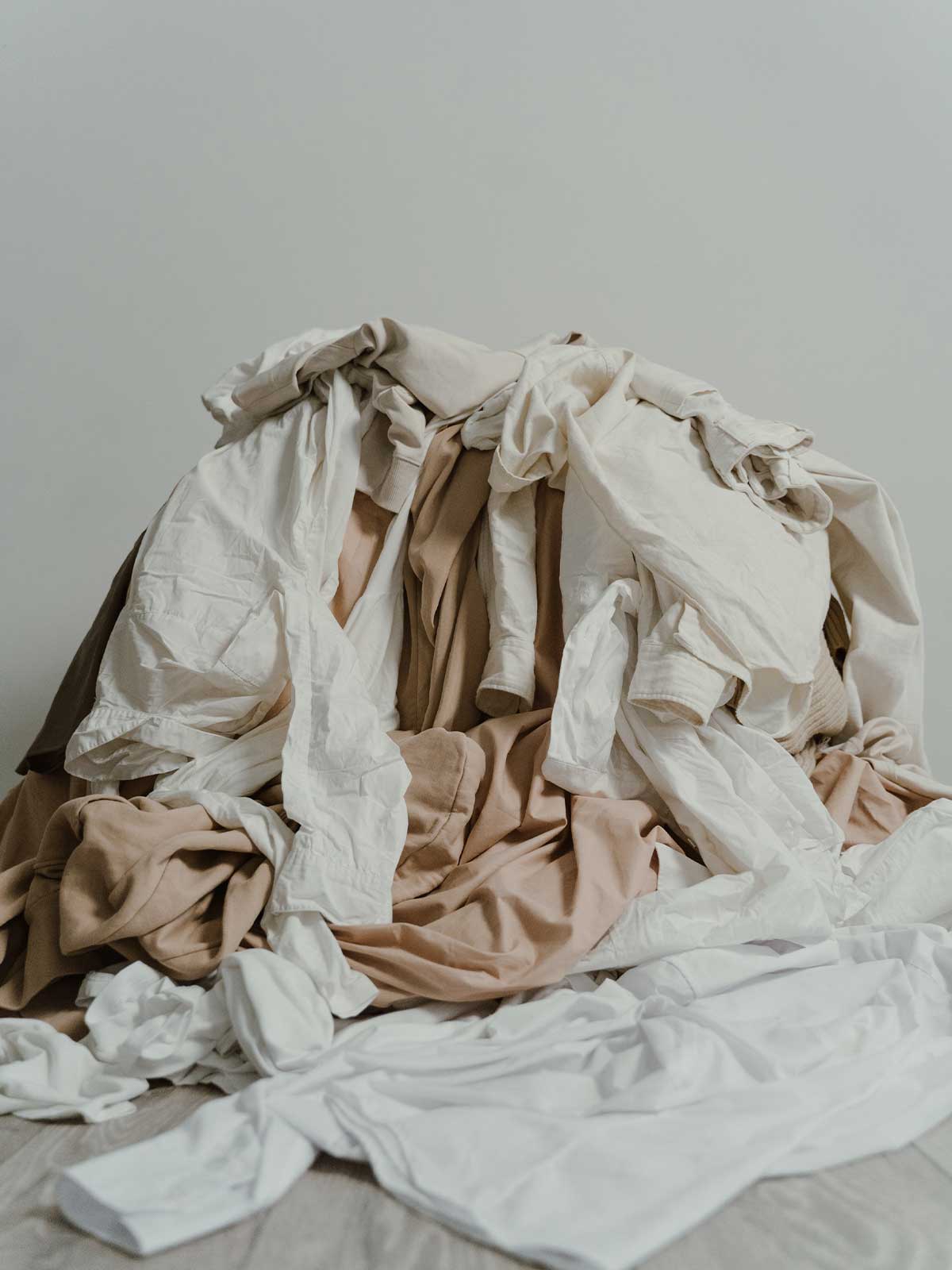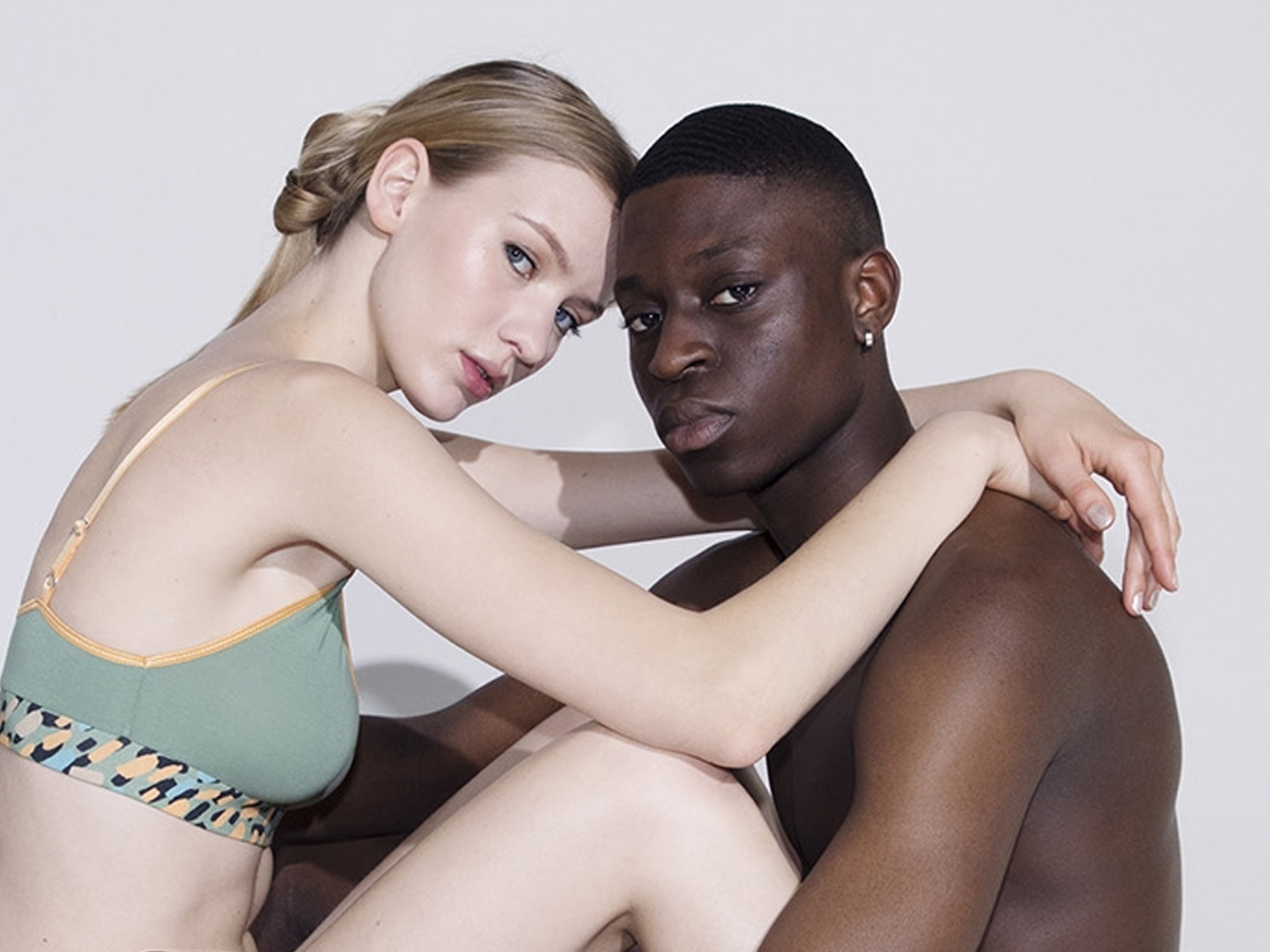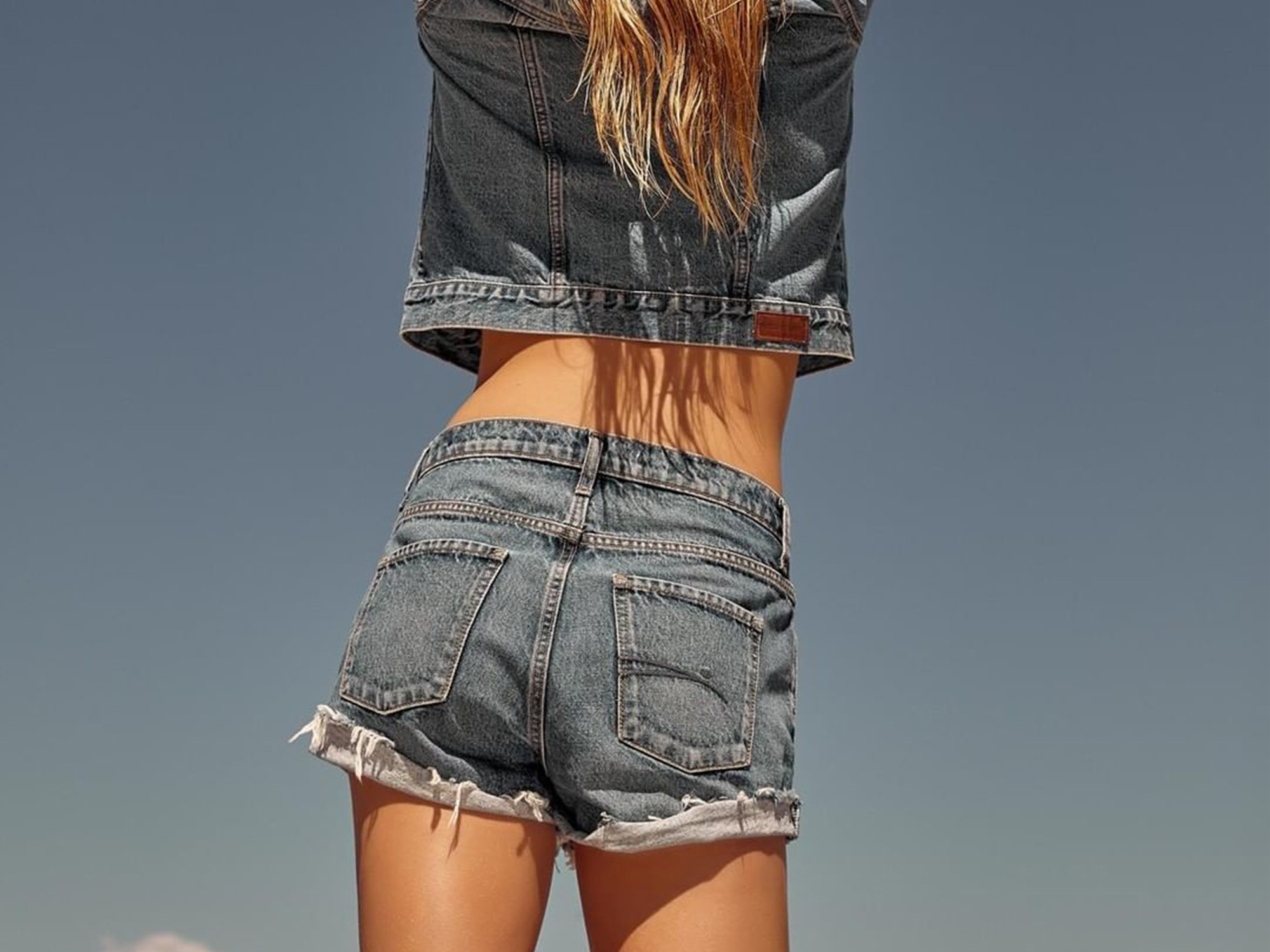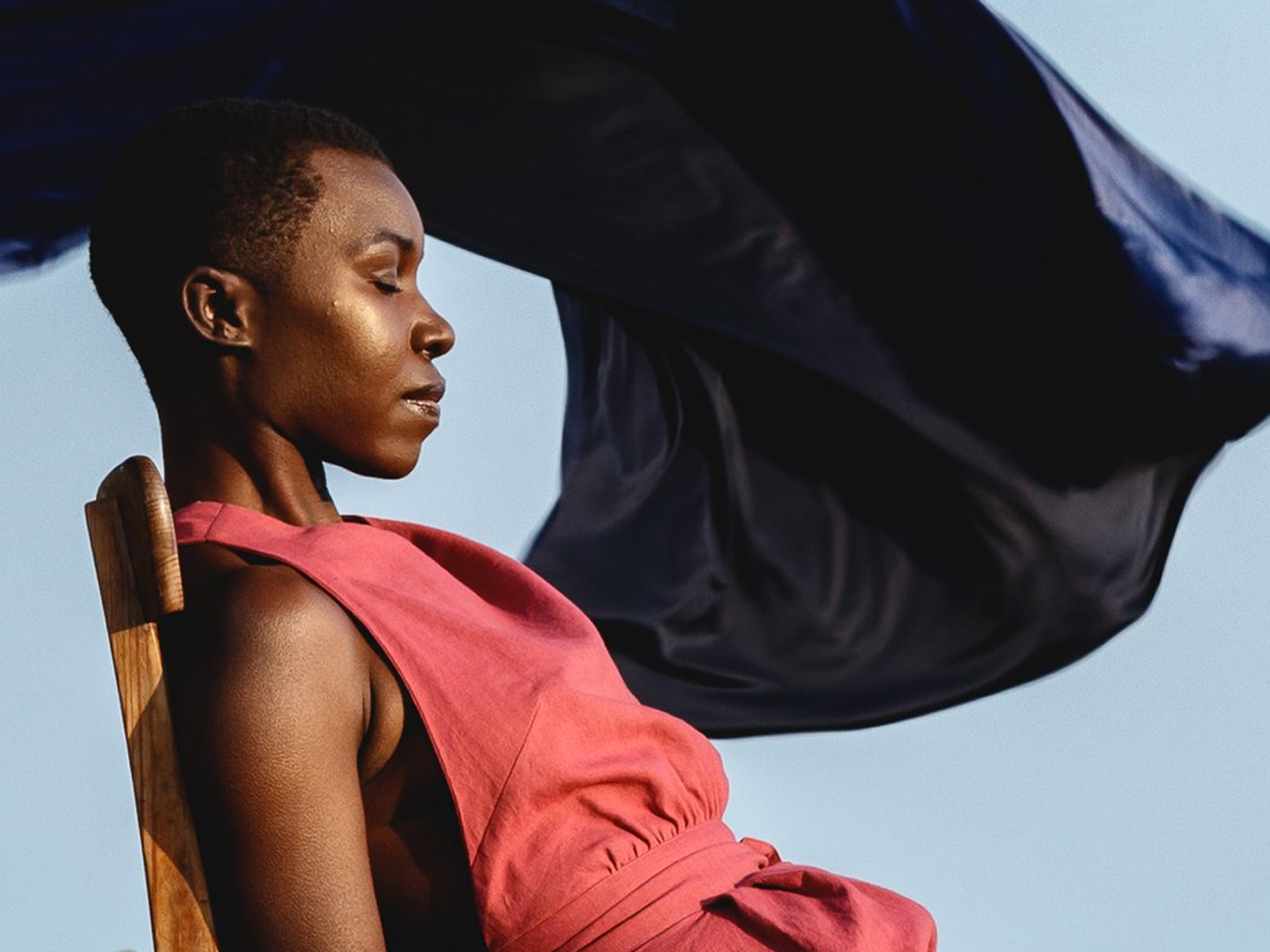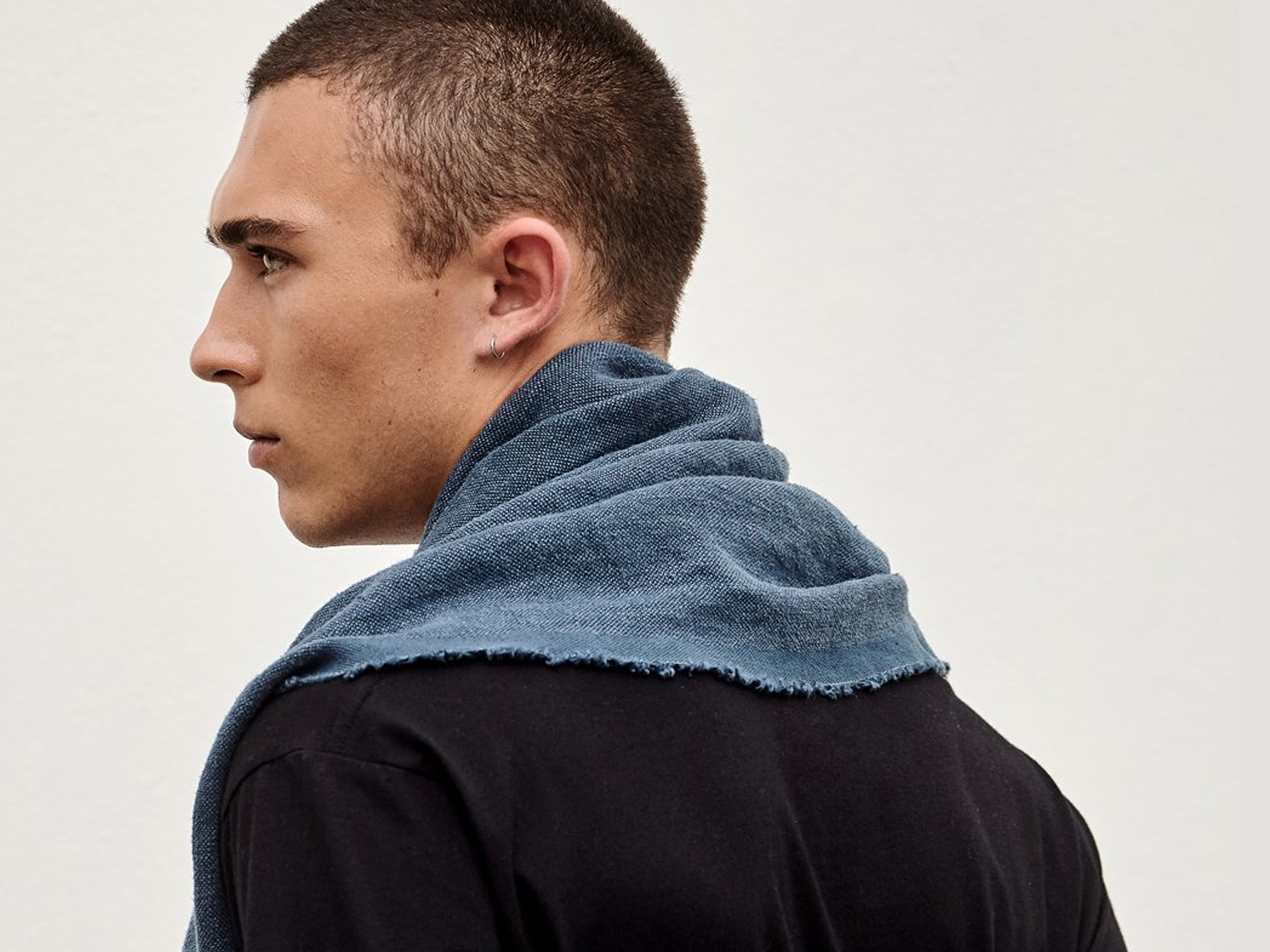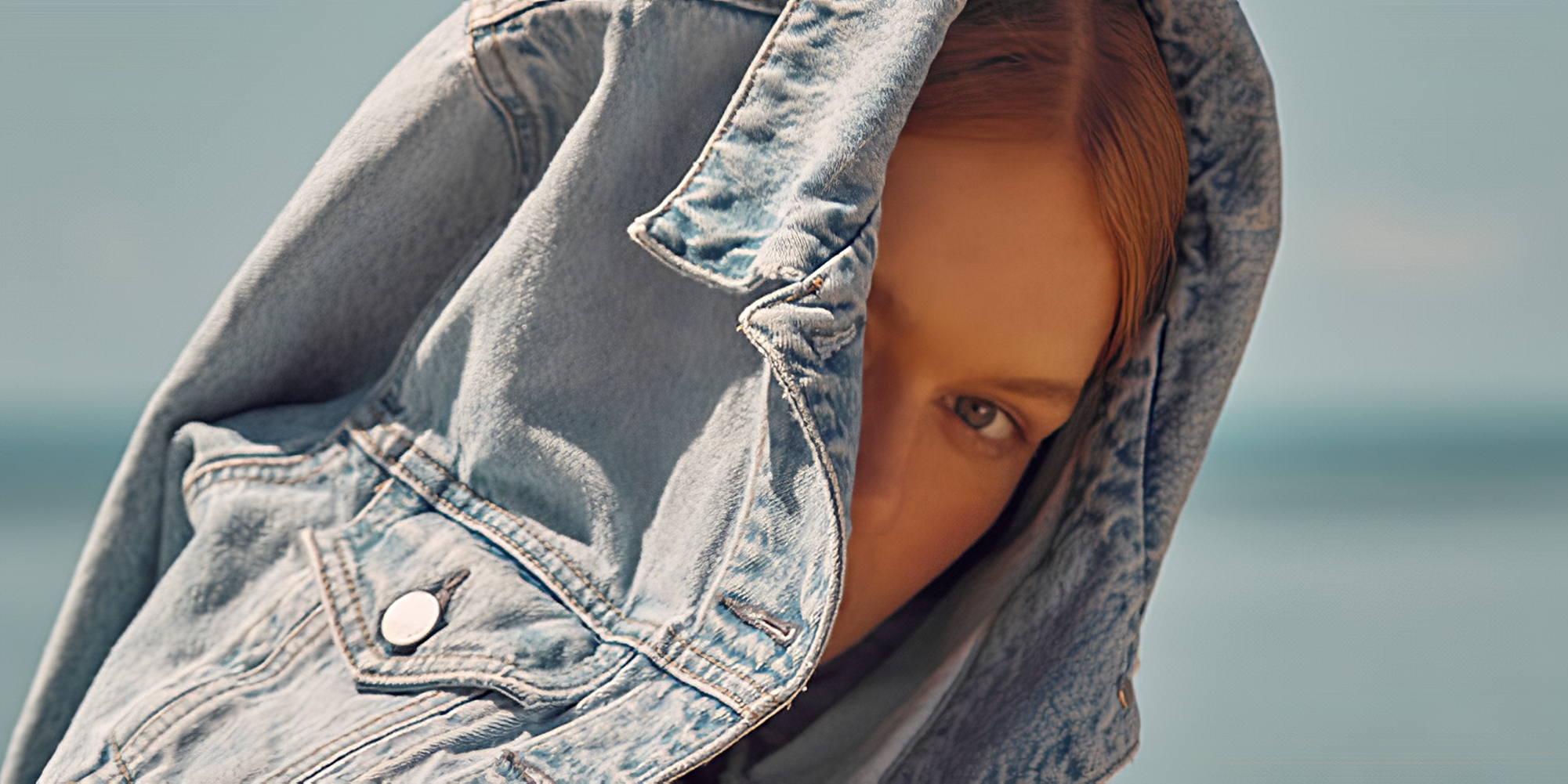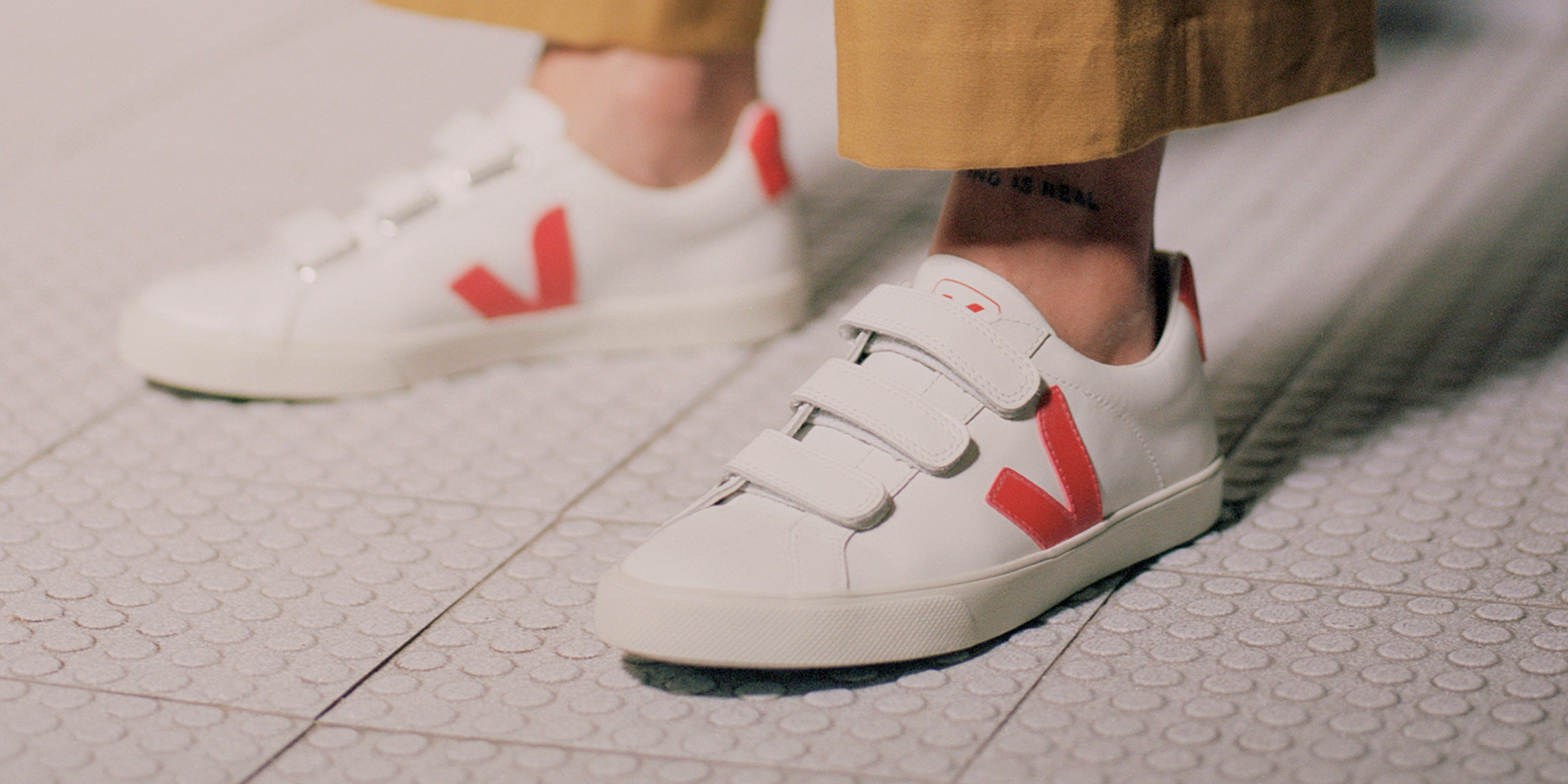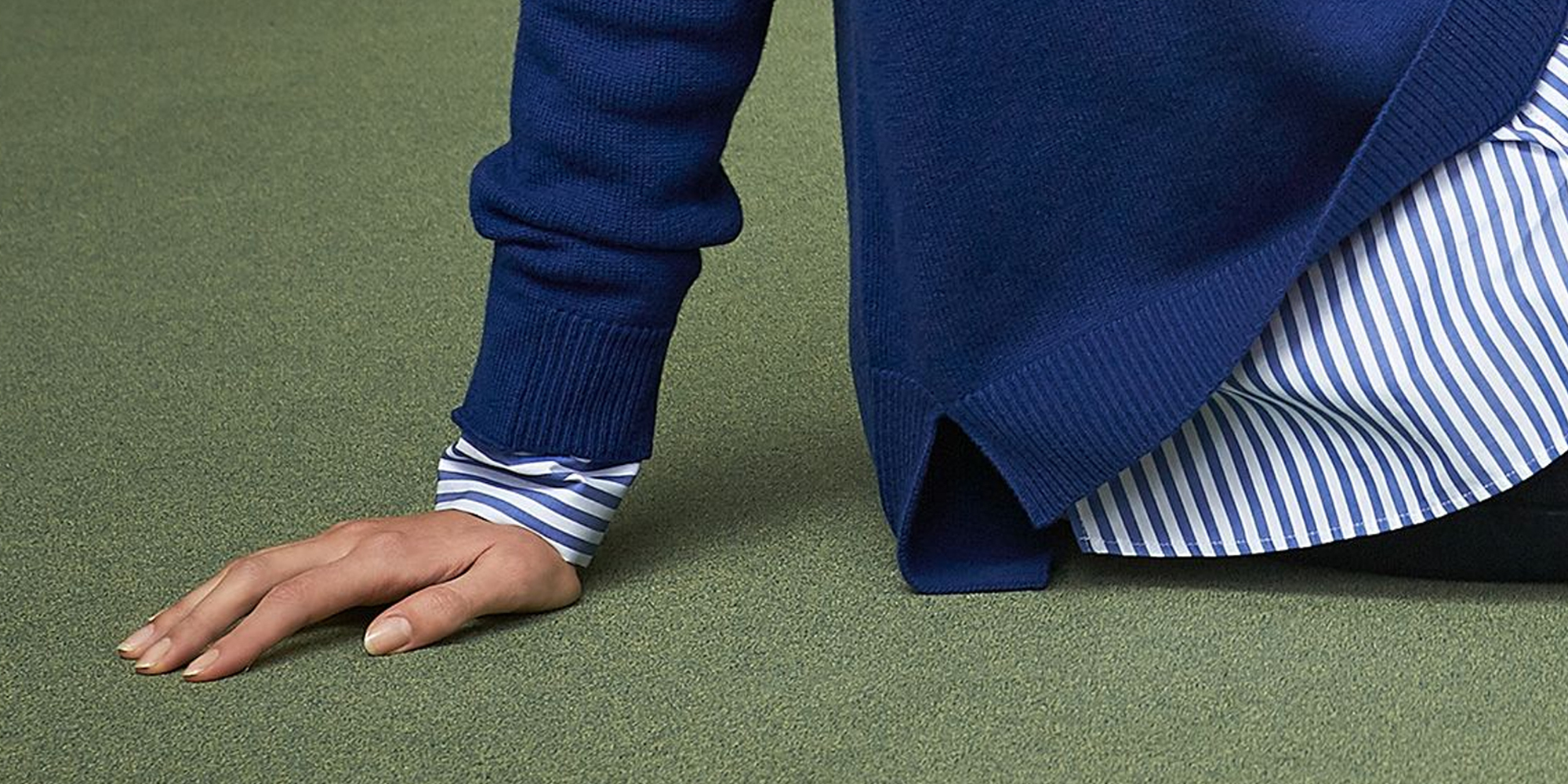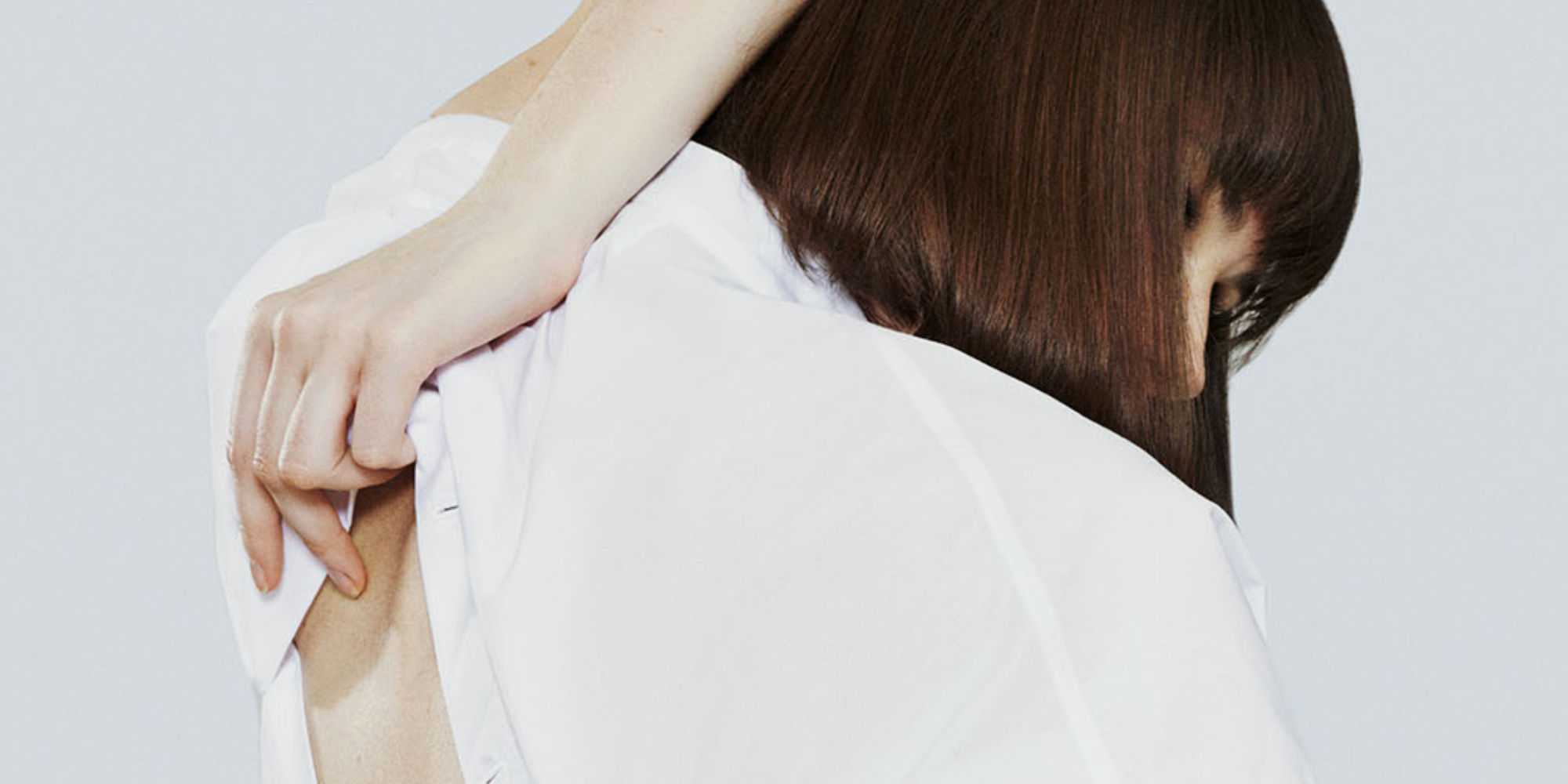Certifications and standards can help assure you that a brand is doing what it claims. It’s why Good On You takes them into account when we’re rating brands. But with so many certifications out there, how do you know what they actually mean and which ones to trust? We’ve created this guide to some of fashion’s most common certifications and standards to help you better understand.
How certifications can help you discover more sustainable fashion
These days, all the images, logos, buzzwords, and greenwashing in fashion can make it hard to see the wood for the trees, or in our case, the brands taking meaningful actions from the ones that are just making empty claims. That’s where certifications and standards can help. There are other kinds of assurances too, including accreditations, voluntary standards, and model codes of conduct (“standards systems”).
Certifications and standards can help hold a brand accountable for its promises because they’re usually based on evidence and auditing. They can cover things like fabrics, labour rights, chemical and water management, and much more. Some examples of common certifications are Fairtrade, Global Organic Textile Standard (GOTS), and OEKO-TEX—each of which is covered in this guide.
Every certification and standard system works differently. Some apply to products, some to factories or other facilities, and some are designed to be adopted by a brand and applied to all or part of their supply chain. Assurance of compliance varies between standards systems, with different requirements for transparency, auditing, or other assurance methods.
It’s also important to note that no certification scheme is perfect, and many of the widely scrutinised standards have come under criticism at some point from the likes of environmental organisations, activists, and the media. In short, they’re not a silver bullet to fashion’s sustainability or transparency issues. However, they remain useful indicators for the state of various issues and are usually a step in the right direction, because they require brands to meet specific standards by improving their actions.
How Good On You uses certifications and standards
Good On You’s rating system takes into account credible certifications and standards to help understand how a brand performs in certain areas.
We only refer to certifications and standards that we have thoroughly reviewed to identify their scope and assurance methodology. Using this information, we then assess how to score a brand that is certified by, or complies with a standards system.
You can find the full list of certifications and standards that we consider for fashion (and beauty) here. And with that, let’s get into some of the most common ones.
The Fairtrade mark
There are a number of Fairtrade standards that brands and products can comply with to achieve a Fairtrade mark on their product.
Fairtrade Textile Standard
The Fairtrade Textile Standard is designed to ensure that workers and manufacturers throughout the supply chain are paid better wages and have decent working conditions. It includes criteria for all production stages; an assurance of living wage implementation within six years; chemical management to prevent harm to workers; and prohibits the use of some materials. Notably, it can only be applied in countries where Freedom of Association is possible.
Fairtrade cotton
The Fairtrade cotton mark on an item of clothing means that the cotton within the item is produced by a Fairtrade certified producer organisation in a developing country, who will be receiving a fair and stable price for their cotton. The cotton is also traceable through all stages of its production and kept separate from non-Fairtrade fibres.
For producer organisations to become Fairtrade certified, they go through a process of being audited by FLOCERT, which is an independent global certification and verification body. Producer organisations must meet Fairtrade standards in order to become certified. The Fairtrade standards aim to provide support for social, economic, and environmental development of small-scale farmers, and completely prohibit forced labour and child labour.
World Fair Trade Organization
If you see the World Fair Trade Organization (WFTO) label, it means that the company producing the clothing has been accredited for meeting the WFTO criteria, which assesses companies based on the 10 Fair Trade Principles set out by WFTO and the International Labour Organisation (ILO) Standards. This label signifies that an entire business’s practices are checked against the WFTO Fair Trade Standard, rather than just the supply chain or a single component of a product. It’s important to note that this assessment is separate from Fairtrade International and FLOCERT mentioned above (note the difference in fair trade spellings too).
Fair Wear Foundation
This label indicates the brand is a member of the Fair Wear Foundation (FWF), and that it has committed to FWF verifying and improving its supply chain conditions. FWF verifies conditions based on its own standards, which are set out in accordance with eight labour standards created from ILO conventions, and the UN’s Declaration on Human Rights.
FWF is a not-for-profit foundation that works with companies, brands, factories, trade unions, NGOs, and governments. To ensure transparency and full accountability, it works at three levels—verifying the workplace, the company, and the organisation. FWF now has 110 member brands.
Global Organic Textile Standard (GOTS)
The Global Organic Textile Standard (GOTS) is a textile processing standard for organic fibres. It covers all levels of processing, manufacturing, and trading organic fibres. It means that any item of clothing bearing its mark is made from at least 70% organic fibres. To receive this certification, businesses must manage their environmental impact, have high labour standards, reduce energy and review water usage. Compliance is verified by independent auditors.
OEKO-TEX
OEKO-TEX International Association for Research and Testing in the Field of Textile and Leather Ecology brings together 17 testing institutions in Europe and Japan to advocate for traceability, transparency, and safety in the textile and leather industry. The association has a range of standards, but the ones Good On You uses as a data source are: OEKO-TEX MADE IN GREEN and OEKO-TEX STeP.
OEKO-TEX MADE IN GREEN
This standard focuses on more sustainable production and greater social responsibility in workplaces. It involves testing every component of a product for harmful substances and quality to ensure safety; chemical management and wastewater quality verification; fair wages, working hours and safety for workers; and supply chain transparency.
OEKO-TEX STeP
STeP isn’t a consumer-facing certification, meaning you won’t find it on garment labels, but it’s used in the industry to assure certain standards are being met. They are: environmental and chemical management; social responsibility and fair working conditions; safety and protection for workers; and continuous improvement of production processes and efficient use of resources. STeP applies to the facilities in the entire textile and leather production supply chains, and industrial laundries.
PETA approved vegan
PETA’s vegan certification can be used to confirm that an individual product, a specific collection, or an entire brand is made without animal-derived materials. Brands must submit a questionnaire and statement of assurances from their suppliers and manufacturers to be considered.
Global Recycled Standard
Created by Textile Exchange, the Global Recycled Standard (GRS) is a voluntary standard that outlines the criteria for the third-party certification of recycled materials and how they’re accounted for through the supply chain. The materials must be verified to meet the ISO definition of “recycled”, and the GRS can be used for any product with at least 20% recycled materials. It also incorporates more responsible approaches to social and environmental issues in facilities that are producing GRS materials.






